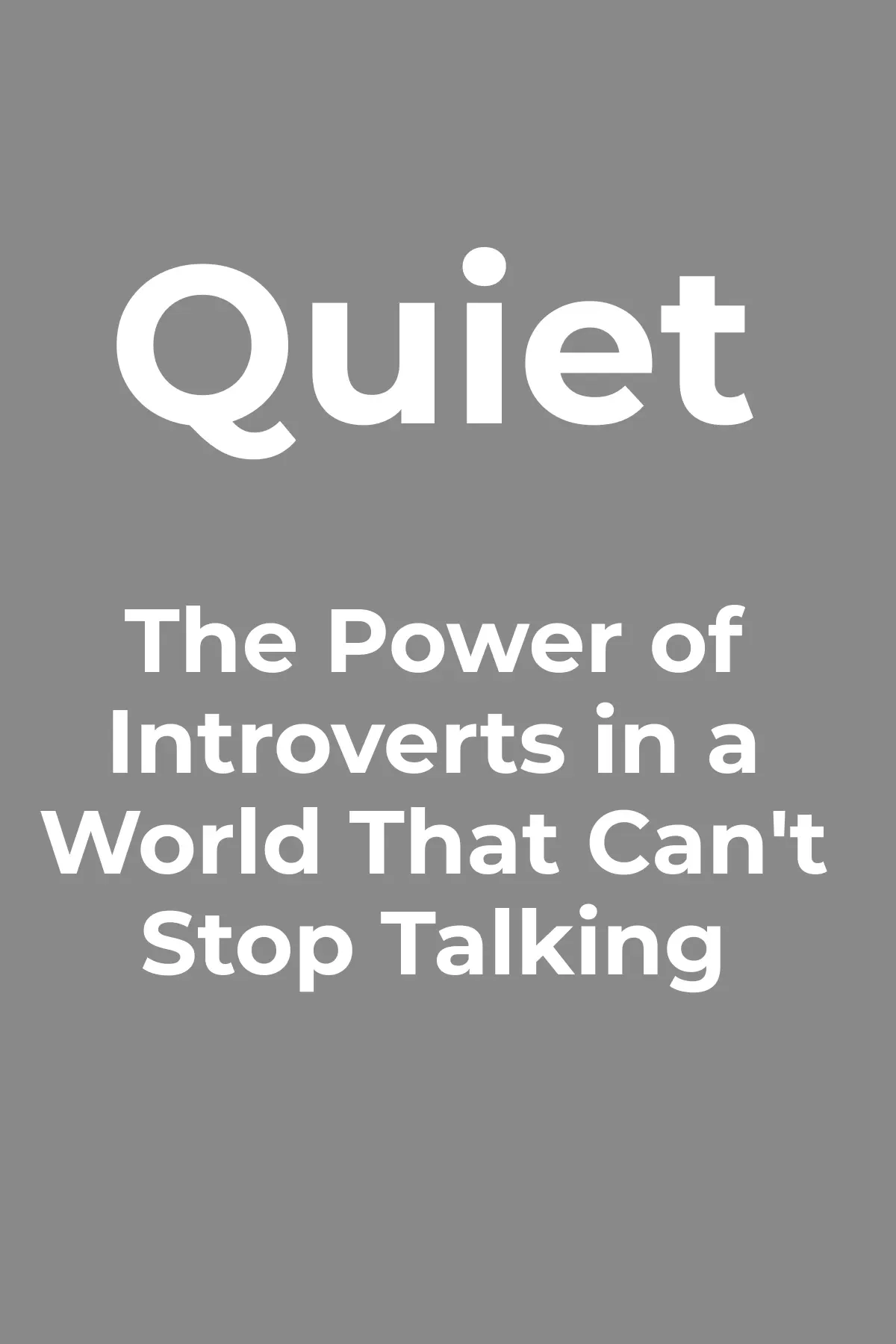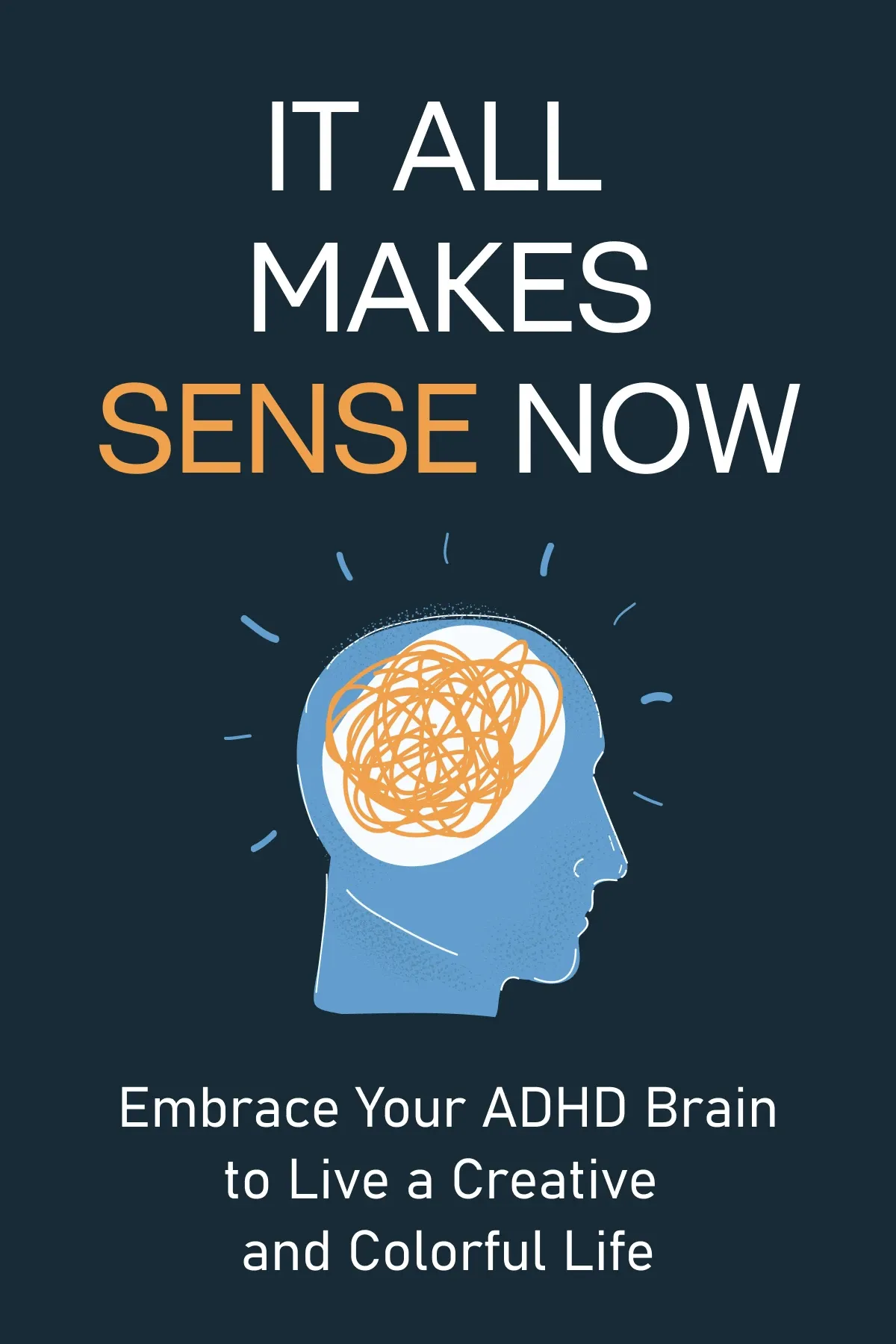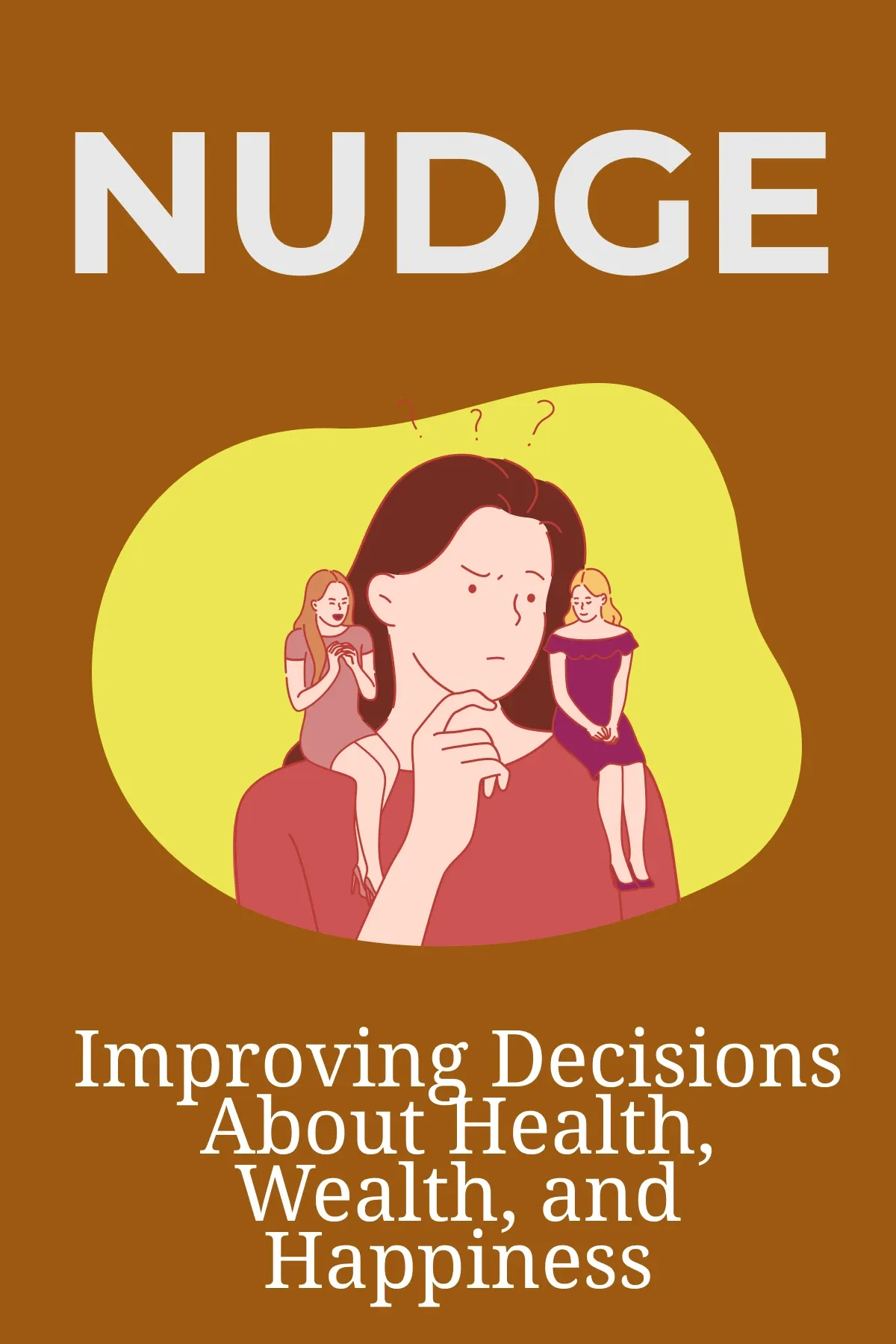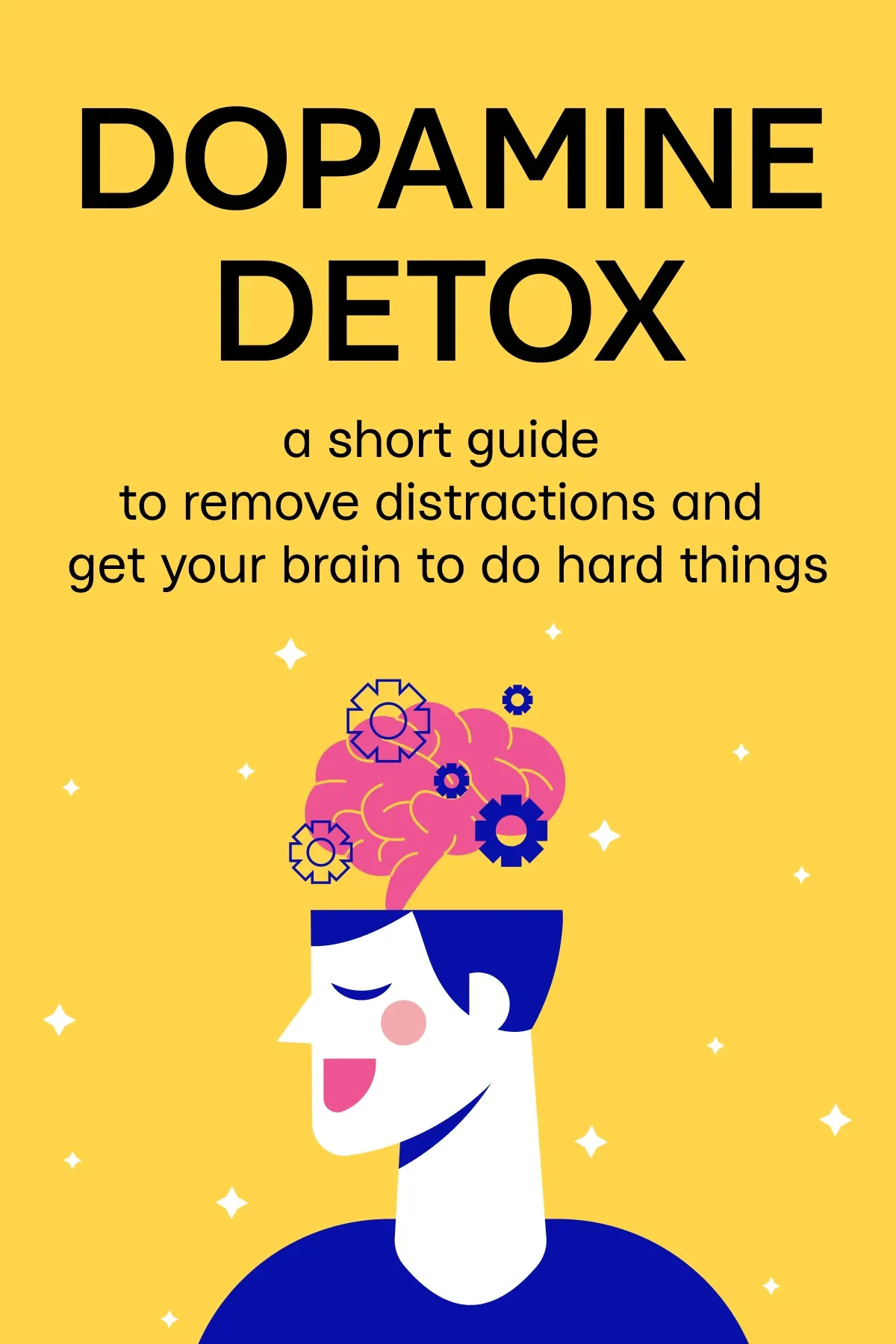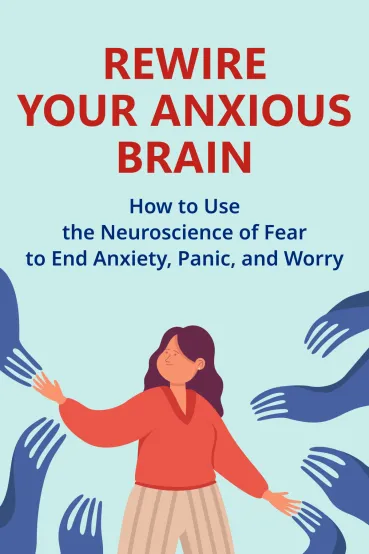
Rewire Your Anxious Brain
Brief Summary
“Rewire your anxious brain” (2015) discusses the way our brain triggers anxiety. You can explore the strategies such as exposure therapy and creating new neural pathways to manage anxiety. Additionally, this book provides practical advice on changing negative thought patterns and reducing anxiety.
Key points
Key idea 1 of 6
Anxiety can be of two types that affect our mind and body differently. These types are associated with specific parts of the brain: the cortex and the amygdala.
Imagine you are about to give a presentation at work in front of a large group of people. As you stand up to begin, your hands start to shake, and your throat feels tight. You begin to worry that you might forget your lines or look foolish in front of your colleagues. The cortex produces this type of anxiety. It handles processing thoughts and emotions.
As you continue to feel anxious, your heart rate increases. You may start to feel like you can't catch your breath. You get more nervous thinking about all the ways your presentation could go wrong. Suddenly, your boss interrupts and asks you a question about your topic. The amygdala generates your automatic response. It triggers the fight, flight, or freeze response to a perceived threat. You might want to shut down or escape, but you manage to compose yourself and reply to your boss's inquiry.
Now, let's consider another scenario to understand the same point. Imagine walking to work, worrying that you might have left your front door unlocked. You start to fret, thinking of a break-in possibility. The cortex produces this kind of anxiety.
As you continue to worry, your heart may start to race, and you may feel a rush of heat to your face. Your imagination could create all sorts of terrible scenarios. Someone bumps into you, and you almost lose your balance. Luckily, your body reacts quickly and instinctively, helping you regain footing. The amygdala triggers this automatic response.
Up-to-date, we possess a better understanding of what two pathways anxiety undergoes. Neuroscience sheds light on establishing and developing anxiety pathways and an anxiety cycle. What's positive about it? The brain can adapt and change, even in adulthood. Many approaches, like cognitive behavior therapy, focus on one pathway and ignore the other. In fact, we require two groups of strategies to reduce anxiety: for the cortex and the amygdala.
FAQ
You may also like these summaries



